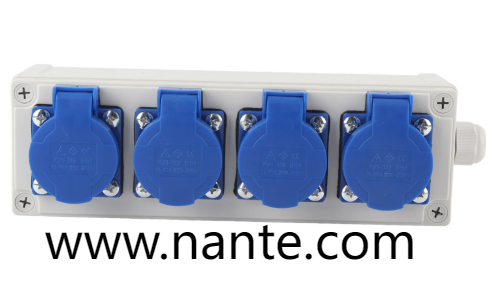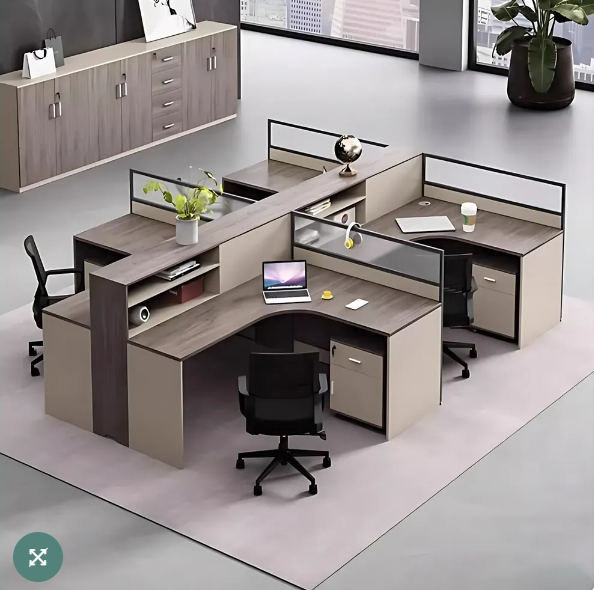Balance Cost and Adaptability with Nante Distribution Boxes

When planning electrical installations for evolving industrial or commercial environments, integrating a distribution Socket Box with modular components can offer significant flexibility. These systems allow engineers to select and combine a variety of socket types, breakers, surge protectors, and data modules within a single housing. By contrast, fixed-configuration panels require precise load forecasts before purchase. As facilities embrace rapid line changes, energy management upgrades, or smart monitoring, modular distribution units deliver adaptability without complete panel replacement.
One of the main advantages of modular socket boxes is the ability to reconfigure power distribution as needs shift. For instance, when adding machinery that demands high-current outlets, technicians slide in compatible circuit modules without altering adjacent circuits. Expansion slots unpack easily, reducing labor hours and eliminating lengthy downtime. This plug-and-play approach also supports the adoption of digital controls. Data ports and metering inserts integrate seamlessly, providing live power metrics to building management systems and enabling proactive maintenance.
However, modular components carry an initial cost premium compared to standard fixed panels. Purchasing individual inserts, rails, and accessories can raise upfront expenses, which may deter small operations with limited budgets. In facilities where power demands remain stable for extended periods, a simple panel may satisfy distribution needs with lower capital outlay. Project managers should conduct a thorough cost-benefit analysis, weighing immediate expenses against potential savings in installation time and future upgrades.
Customization brings both operational and safety benefits. Tailoring the configuration to specific load profiles enhances circuit protection. Surge arrestors, overload devices, and ground fault modules slot into the same enclosure, ensuring that protective functions sit close to powered equipment. Localizing these safety elements minimizes wiring runs and improves fault isolation. When an overload trips a dedicated breaker module, only the affected circuit shuts down, preserving power to other sections and preventing widespread production interruptions.
On the other hand, complex modular arrays can confuse less experienced maintenance teams. Multiple plug-in modules require clear labeling and documentation to avoid misplacement or improper replacement. Facilities must invest in training and spare part management to track module types and locations. Without careful inventory control, teams risk installing incorrect modules, which could lead to protection gaps or downtime while seeking compatible replacements.
The physical layout of distribution boxes also factors into workplace ergonomics. Modular units often feature removable plates and tool-free locking mechanisms, making it easier to service live systems safely. Engineers can isolate and swap a single outgoing circuit module without opening the entire panel. This targeted access reduces exposure to live bus bars and simplifies lockout-tagout procedures. In contrast, fixed panels may require multiple breakers or the entire enclosure to be de-energized for modifications, prolonging maintenance tasks.
From a design standpoint, facility planners appreciate the sleek appearance of modular socket boxes. Uniform module sizes create a clean, grid-like facade. Custom faceplates match brand or site aesthetics, reinforcing corporate identity in customer-facing areas. By contrast, retrofitting a fixed panel to accommodate new functions often results in external conduit runs or unsightly adapter plates, undermining visual cohesion.
When sites face evolving code requirements—such as additional surge protection mandates or differentiated metering—modular panels adapt more readily. New compliance modules plug directly into preconfigured slots without major rewiring. This agility simplifies undergoing periodic inspections and helps maintain alignment with regulatory changes. Fixed panels may require costly retrofits or full replacement to meet updated safety standards, adding unexpected capital demands.
Ultimately, the decision to invest in a modular distribution system hinges on balancing current budget constraints with anticipated future needs. Facilities aiming for continual process refinement, flexible manufacturing, or integrated smart technologies will find the initial investment pays off through reduced installation labor and minimized downtime. Meanwhile, operations with stable, unchanging power demands may opt for simpler panels that deliver reliable performance at a lower entry price.
Professionals evaluating these options will benefit from consulting with suppliers who offer comprehensive modular portfolios and support services. Nante provides a range of modular distribution socket boxes, including custom configuration tools and technical guidance, helping clients select the right combination of modules and accessories. Visit www.nante.com/product/ to explore solutions tailored to your facility's power distribution requirements and to access detailed product information.






